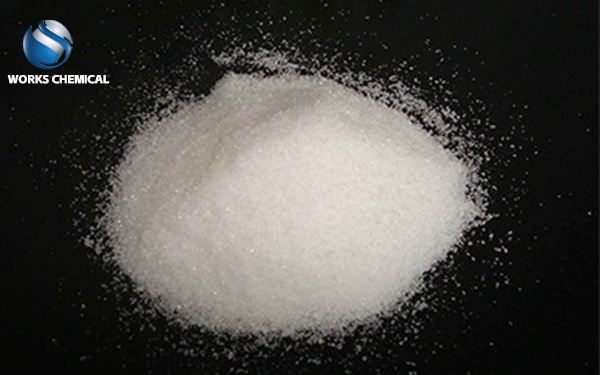
With the improvement of people's living standards and the rapid development of the clothing industry, more and more sludge is generated in the process of fabric processing, printing and dyeing. Different from other ordinary sludge, printing and dyeing sludge is characterized by a large number of polymer organic fibers, residual dyes and inorganic minerals, high water content and high viscosity. The composition of textile printing and dyeing sludge is very complex and contains a lot of heavy metal elements. The Ministry of Environmental Protection stipulates that textile printing and dyeing sludge may cause secondary pollution or become a legacy source of land pollution. Simple landfilling or direct exposure to the wilderness is strictly prohibited. For textile printing and dyeing enterprises, how to solve the high water content of sludge and avoid secondary pollution has become a major problem in the printing and dyeing industry.

Dyeing sludge conditioner is a chemical agent that can change the surface structure of the sludge, reduce the solid surface load of the sludge, reduce the specific surface area of the sludge surface, and destroy the bacterial structure. The main components are inorganic compounds, sludge surface structure modifier, degreaser, wall breaking agent, sludge surface treatment agent, sludge stripping agent and so on. Combined with the plate and frame type mud press, the moisture content of the sludge can be greater than 90% ~ 40%-60%, and the sludge reduction can be fully realized.
The conditioned dyeing sludge conditioner is injected into the filter chamber of the filter press at a pressure of about 1.0MP, which is conducive to efficient filtration of free water in the sludge. After the accumulated sludge in the filter chamber reaches the design capacity of the filter press, it enters the high-pressure press stage. The final dryness of the press dehydrated sludge is closely related to the effect of chemical conditioning modification, as well as the filling degree of the press chamber, the increase rate of press pressure and the retention time of press pressure. When the chemical conditioning achieves better results, the use of high pressure feeding and high pressure pressing can shorten the time of the entire press section and improve production efficiency. Automatic discharge and backblowing of filter material (filter cloth) are completed at the same time, which can reduce the labor intensity of the controller, and improve the efficiency of the completion of the action, and maintain the effect of the filter cloth to intercept sludge and permeable water.